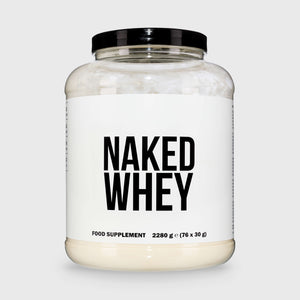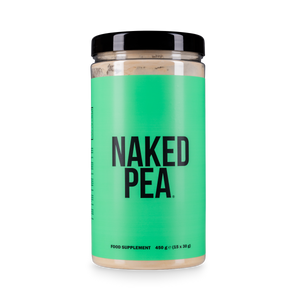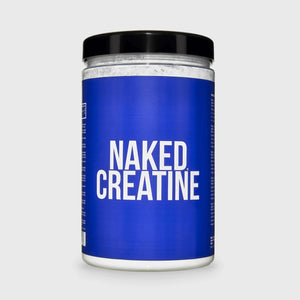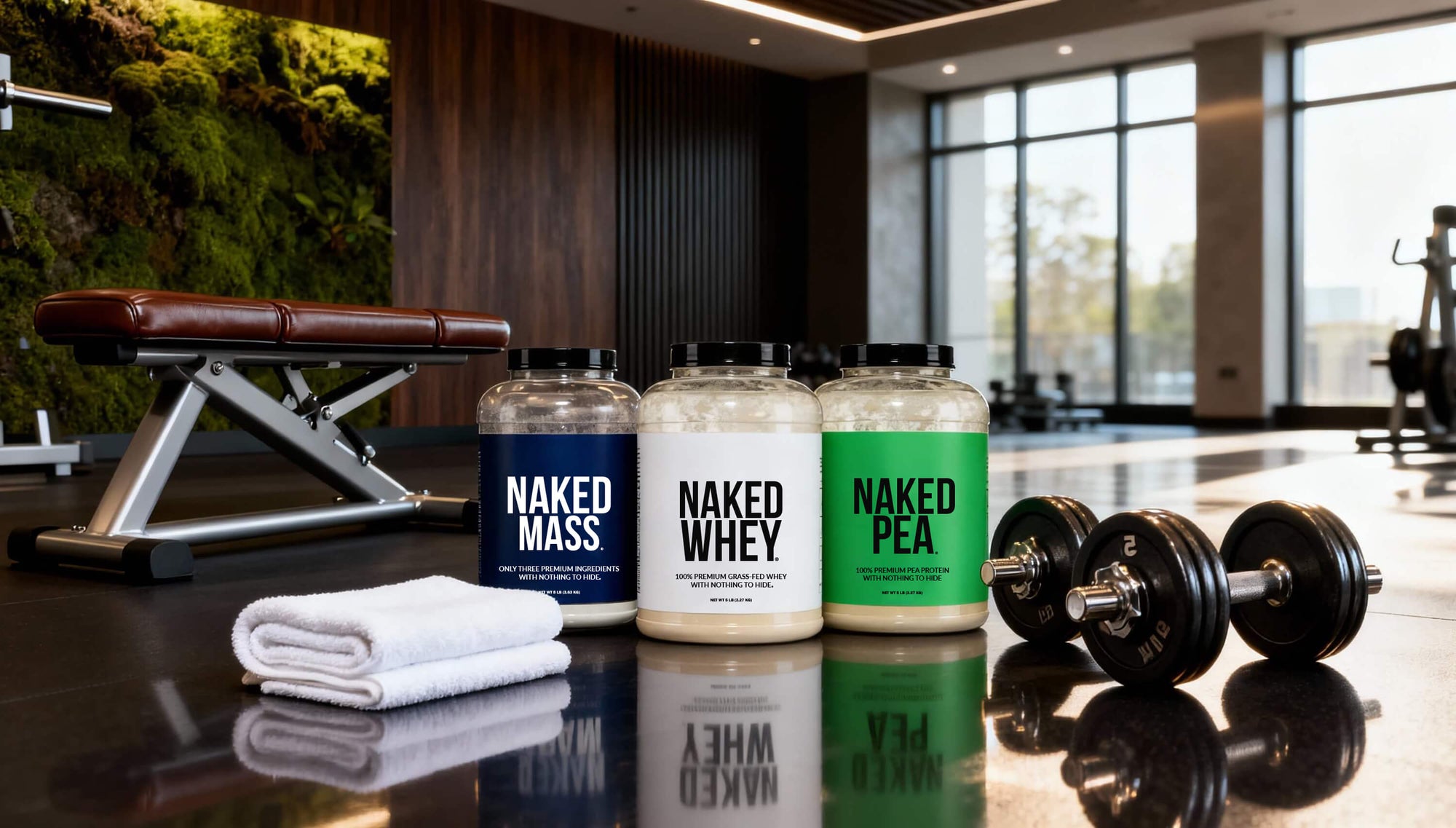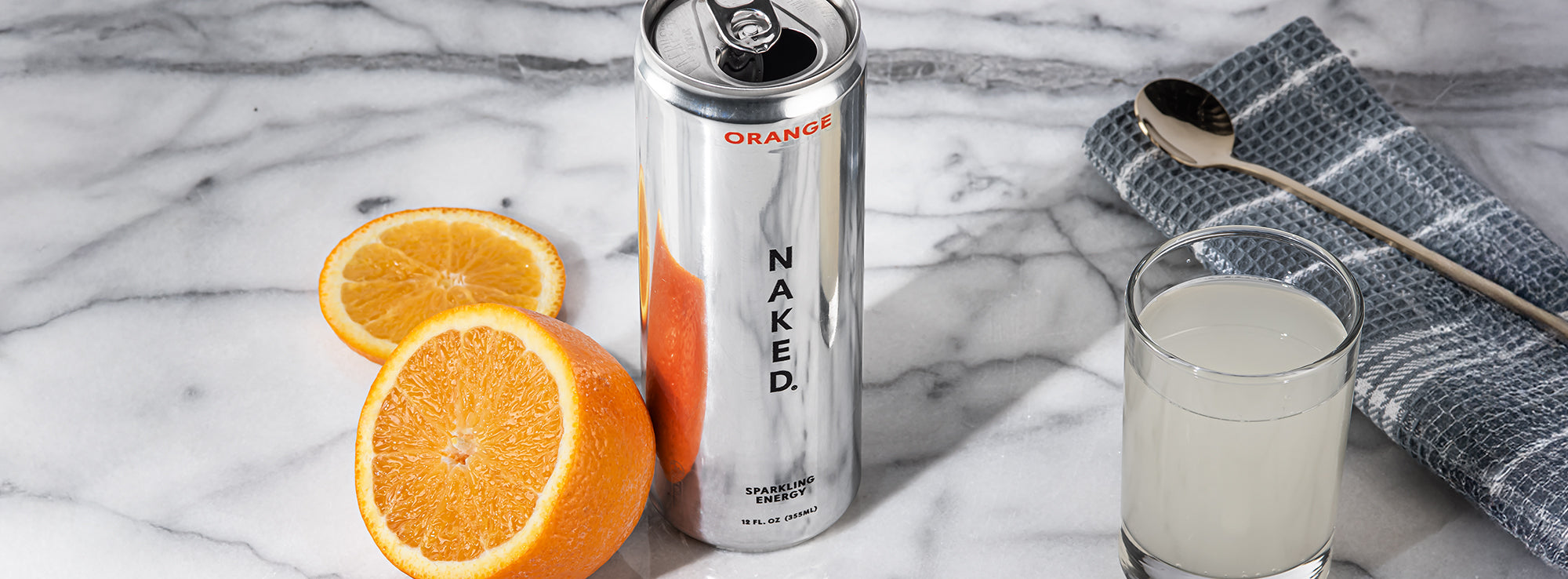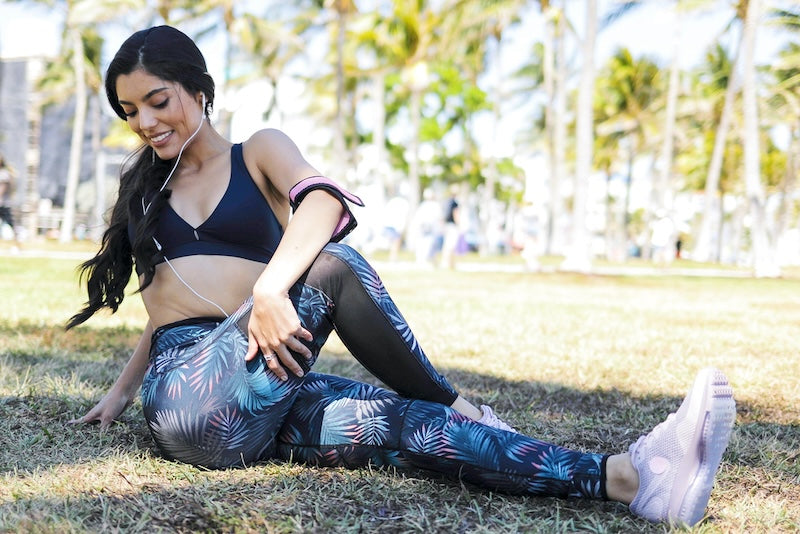When most people think of core training, they picture sit-ups, crunches or planks. But there’s another move that outdoes almost all others when it comes to developing real-world strength and control, and hitting underworked parts of your core: the Russian twist.
In this guide, we’ll break down what the Russian twist actually does, how to do it safely, what muscles it works, and how to fit it into your routine for maximum benefit.
What is the Russian Twist?
The Russian twist is a core exercise that strengthens your abs and obliques by challenging you to rotate your torso while keeping your hips and spine stable.
You do it sitting on the floor, leaning back slightly, and twisting side to side. It can be done holding a weight, medicine ball, or as a bodyweight exercise (just holding your hands together).
How to Do the Russian Twist

Here’s a step-by-step breakdown of the movement.
-
Start in a seated position, on the floor with your knees bent and feet flat.
-
Sit tall and pull your shoulders back so your spine is straight, while leaning back slightly with a hinge at your hips (around a 45-degree angle)
-
Brace your core (imagine preparing for a light punch to the stomach)..
-
Clasp your hands or hold a weight in front of you.
-
Rotate your torso. Turn your chest and shoulders together to one side, keeping your arms in front of you and your hips still. Go only as far as you can while staying tall (don’t collapse or twist from your lower back).
-
Return and repeat. Rotate smoothly to the other side in the same controlled motion.
Once your form feels solid, lift your feet a few inches off the ground or extend your arms to increase the challenge.
What Muscles Does the Russian Twist Work?
The Russian twist is one of the best moves for targeting your obliques; the muscles on the sides of your abdomen that help you rotate and stabilize your torso.
These are the muscles that give definition to your waistline and play a key role in core strength and posture.
Beyond the obliques, the exercise also works several other muscles that help keep your body stable:
-
Rectus abdominis (the “six-pack” muscle): helps flex your spine slightly and keeps you braced as you lean back.
-
Transverse abdominis: the deep core muscle that wraps around your midsection, acting like an internal weight belt.
-
Hip flexors: help you maintain the reclined “V” position.
-
Spinal erectors and lats: these assist isometrically, especially if you’re holding a weight.
The Russian twist isn’t just an “ab exercise”. It’s a full core stability movement.
It trains your trunk to rotate under control and resist unwanted motion, both of which carry over to lifting, running, and daily activities.
Benefits of the Russian Twist

The Russian twist is a smart, functional way to build real core strength and control. It works a part of the core that doesn’t always get the most attention, and it’s easy to fit in anywhere in your workout.
Here are more of the benefits you could get by inserting Russian twists into your routine.
Strong, Stable Obliques
The Russian twist directly targets your obliques: the muscles that wrap around the sides of your midsection and control torso rotation.
Strong obliques help protect your spine, improve posture, and enhance athletic movements like throwing, swinging, or changing direction quickly.
A strong set of obliques also supports your heavier compound lifts by keeping your torso rigid and balanced under load.
Improved Rotational Control
Most ab exercises focus on bending or crunching forward, but the Russian twist trains a different skill; controlled rotation.
Learning to rotate through your upper back while keeping your hips and lower spine stable builds true core control.
This translates directly to better performance in both sports and the gym, where you often need to generate or resist rotational forces safely and efficiently.
Builds Core Endurance and Definition

Because the Russian twist keeps your core muscles engaged the entire time, it develops muscular endurance, the ability to maintain stability and strength over longer periods.
That constant tension also helps define and shape the obliques, contributing to a tighter, more sculpted midsection when paired with good nutrition and overall training.
Strengthens Mind-Muscle Connection
Unlike high-speed, momentum-based ab moves, the Russian twist demands focus and precision.
You have to consciously control your breathing, brace your core, and move through a limited range.
This helps you build a stronger mind-muscle connection, improving coordination and making you more aware of how to engage your core properly in other exercises.
Backed by Research
Research backs up the effectiveness of controlled rotational movements like the Russian twist.
Studies have shown that rotational core exercises produce higher activation in the external obliques compared to traditional crunches (Vinstrup et al., Journal of Strength and Conditioning Research, 2020).
Additional biomechanical studies highlight that safe, thoracic-based rotation enhances trunk stability while minimizing stress on the lower back (Shin et al., Spine Journal, 2013).
Versatility
My favorite thing about the Russian twist is its versatility.
You can do it anywhere (no equipment required) and easily scale the difficulty.
Beginners can start with just their body weight, while more advanced lifters can add resistance with a dumbbell, medicine ball, plate, or even a cable setup.
You can also adjust how far you lean back, how slowly you move, or how long you hold each position to make the exercise more challenging.
Russian Twist Variations

Another great thing about the Russian twist is how easy it is to modify.
Whether you’re a beginner learning to control your movement or a more advanced lifter looking for an extra challenge, there’s a variation that fits your needs.
Here are a few effective ways to adjust the exercise while keeping proper form and control.
1. Bodyweight Russian Twist
This is the classic version and the best place to start. Sit tall, lean back slightly, and rotate your chest side to side with your hands clasped in front of you. Keep your feet on the floor until you can hold perfect posture for the full set.
2. Feet-Up Russian Twist
Once your core is strong enough to keep your back straight and your movement steady, lift your feet a few inches off the ground. This increases the difficulty by forcing your abs and hip flexors to work harder to stabilize your position.
3. Weighted Russian Twist
Add resistance by holding a dumbbell, kettlebell, weight plate, or medicine ball in front of your chest. Keep your arms slightly bent and avoid swinging the weight. The goal is to move the weight with your torso, not your arms. Start light (around 5-10 pounds) and focus on control.
4. Slow-Tempo or Paused Russian Twist
To really dial in technique and increase time under tension, slow down the movement. Rotate for a count of two seconds, pause briefly at the end range, then come back to center under control. This variation improves muscle endurance and core awareness.
5. Cable or Band-Resisted Twist
For a smoother resistance curve, try performing the twist using a cable machine or resistance band. Sit on the floor facing away from the anchor point, holding the handle in both hands, and rotate side to side. The constant tension from the cable or band keeps your muscles working throughout the entire movement.
Are Russian Twists Safe?

When done with good form, the Russian twist is a safe and highly effective core exercise. But there can be some risk if done incorrectly.
The problems come when you go too heavy, twist too far, or move too fast, especially if you round their lower back in the process.
How to Do Russian Twists Safely (and Common Mistakes)
The main thing to remember is that your rotation should come from your upper back (thoracic spine), not your lower spine.
The lower back isn’t built for a lot of twisting, and forcing rotation there can create unnecessary strain on the discs and supporting muscles.
Studies on spinal mechanics show that excessive lumbar flexion combined with rotation significantly increases stress on the spine (Veres et al., Spine Journal, 2008).
Keeping your torso tall and your lower back neutral reduces that risk and keeps the focus on your obliques, where it belongs.
You also don’t need to hit the weight on the floor or twist until you feel a deep stretch. The goal isn’t to move as far as possible; it’s to move with control and stability. Shorter, smoother rotations are far safer and more effective.
Who Shouldn’t Do Russian Twists?
The biggest issue with the Russian twist is for people with pre-existing injuries or conditions, which make a twisting motion unsafe.
If you have a history of lower-back pain, disc issues, or are pregnant/postpartum, it’s best to start with anti-rotation exercises like the Pallof press or side plank before progressing to dynamic twisting movements.
These options build the same core stability without stressing the spine.
Working the Russian Twist Into Your Routine

The Russian twist fits easily into almost any workout program because it doesn’t require much equipment and targets muscles that complement nearly every style of training.
Whether you’re lifting weights, playing sports, or just training for general fitness, this move can help build the kind of core stability that carries over to everything else you do.
When to Do It
Because the Russian twist is more of an accessory or core finisher, it works best toward the end of your workout, after your big compound lifts or main movements.
Doing it later allows you to focus on form without fatiguing your core before heavy lifts like squats or deadlifts.
You can perform it two to three times per week, depending on your goals and how much core work you already include. Aim for 2-4 sets of 12-20 controlled twists per side or perform it for 30-45 seconds with constant tension.
Focus on precision. Once your form slips, the set is done.
Example Core Circuit
I love putting the Russian twist together with other exercises to make a core routine that hits the core in different directions – resisting flexion, extension, and side bending.
A simple, effective circuit could look like this:
-
Russian Twist (rotation): 12-15 reps per side
-
Side Plank (anti-lateral flexion): 30-45 seconds per side
-
Pallof Press (anti-rotation): 10-12 reps per side
-
Dead Bug or Hollow Hold (anti-extension): 30-45 seconds
Rest 30-60 seconds between exercises and repeat for 2-3 rounds. This combination hits your entire midsection from every angle, improving both strength and stability.
Final Thoughts
The Russian twist is a simple, effective way to build a stronger, more functional core. When done with good form (tall posture, controlled movement, and rotation through the upper back) it’s fantastic for your obliques, improves stability, and overall core strength.
It’s easy to learn, easy to scale, and great for any fitness level, making it one of the best all-around core exercises.
If you’re ready to build more defined obliques, and the kind of core strength that improves functional strength and athleticism, try adding Russian twists at the end of your workout several times a week.
